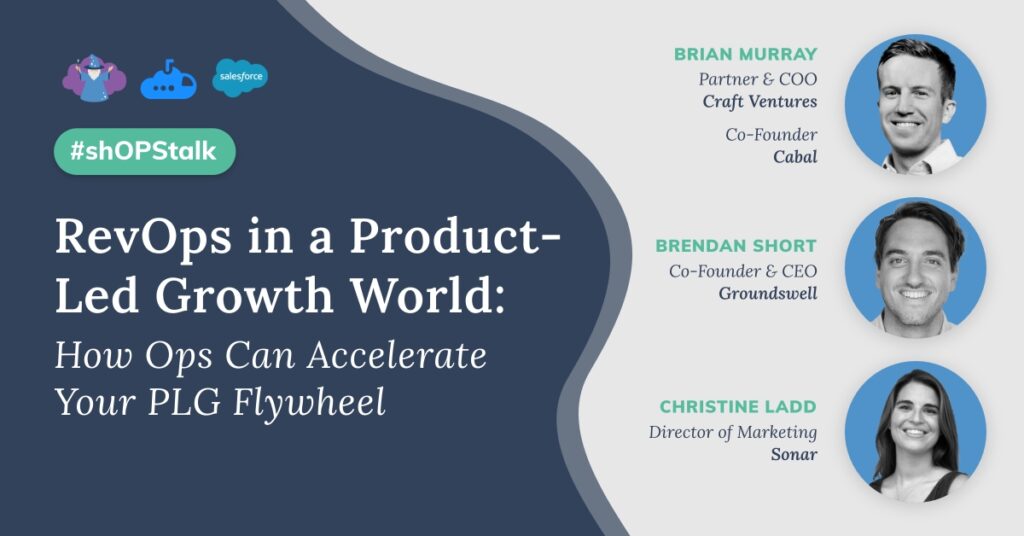shOPS Talk Ep. 23 | RevOps in a Product-Led Growth World: How Ops Can Accelerate Your PLG Flywheel
Product-led growth transforms the buyer journey. It eliminates barriers to entry by allowing prospects to adopt and evangelize your product on their terms. While this approach usually sits outside of RevOps, user-driven upsell models and sales-assisted plays require a lot of nuance in the process to get it right. With the right mindset and tech stack, ops teams can breathe new life into processes and directly support their company’s revenue goals.
WATCH NOW

